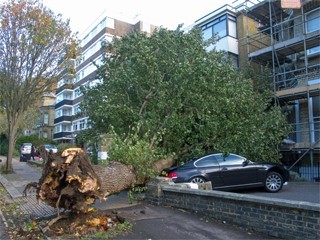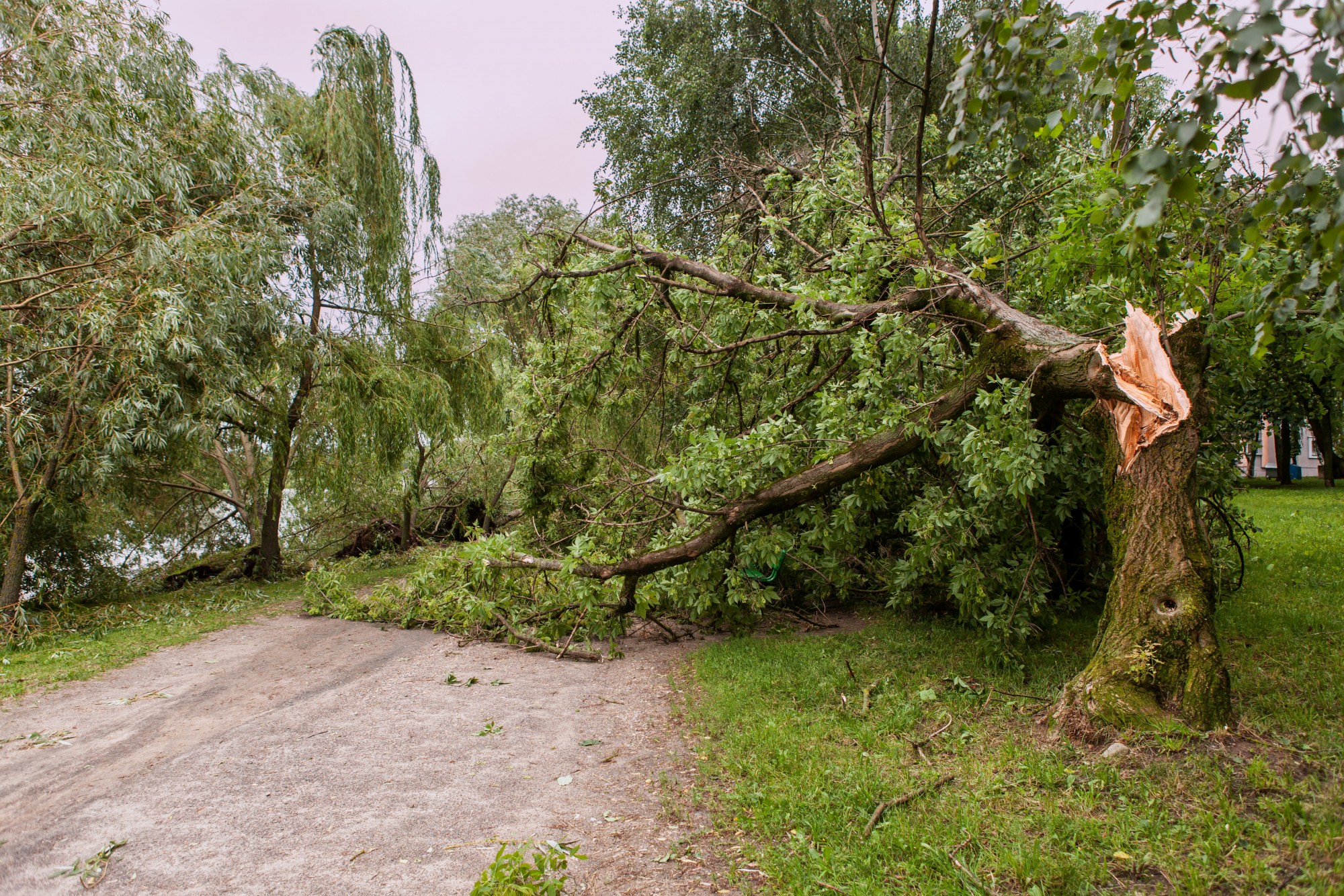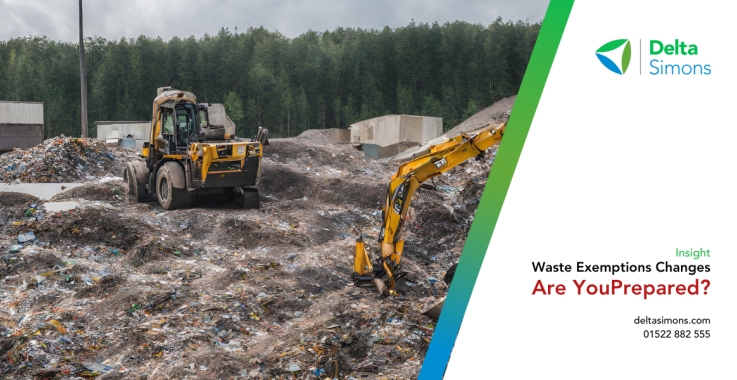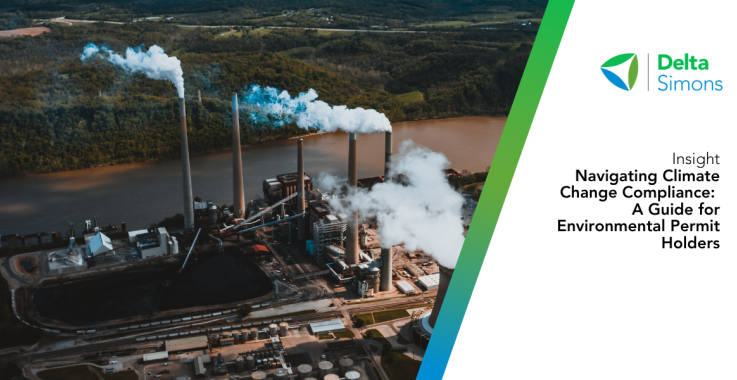High winds and dangerous trees
14 Feb 2018
Environmental Planning
Arboriculture

The UK has seen very high winds since early December, some parts of the country seeing gales of up to 100mph. This brought the news that trees were falling everywhere, with some reports suggesting that up to a quarter of a million trees were uprooted.
The safety of trees is nearly always the responsibility of the owner of the land on which they grow to “take reasonable care to avoid acts of omissions which they can reasonably foresee would be likely to injure their neighbour”. Under the Occupiers Liability Act, the tree owner has a duty of care to ensure visitors (or even trespassers!) are safe. If an incident results in a claim from an unsafe tree, then it’s the tree owner’s negligence in identifying an unsafe tree and not taking the correct precautions that could prevent the accident happening.
A landowner has the responsibility to regularly inspect the trees and undertake necessary work where it presents risk to people or property. Tree surveys will enable the landowner to:
- Identify/control any risk
- Comply with relevant legal and regulatory requirements
- Improve stakeholder confidence and trust
Trees are part of our landscape and offer many benefits to us all. However, trees do need to be managed and human safety is part of that management. Understanding trees and the context in which they grow is a requirement under health and safety legislation, as is carrying out sufficient risk assessments and applying reasonable measures to ensure safety for people and property.
Managing the risk from trees
Tree management or the lack of it should not expose people to significant likelihood of death, permanent disability or serious injury. accidents are on occasions unavoidable. According to the National Tree Safety Group (NTSG), such risk is acceptable only in the following conditions:
- the likelihood is extremely low
- the hazards are clear to users
- there are obvious benefits
- further reducing the risks would remove the benefits
- there are no reasonably practicable ways to manage the risks
 In its position statement, the NTSG argues that it is reasonable that sufficiently large organisations that own or manage trees develop a management strategy (in line with practice in other sectors). this strategy may strike a balance between risks present and benefits accrued. an organisation that publishes and maintains a tree strategy or management plan, part of which includes information on their risk management plan for the trees they own, is much better placed to demonstrate they have fulfilled their duty of care.
In its position statement, the NTSG argues that it is reasonable that sufficiently large organisations that own or manage trees develop a management strategy (in line with practice in other sectors). this strategy may strike a balance between risks present and benefits accrued. an organisation that publishes and maintains a tree strategy or management plan, part of which includes information on their risk management plan for the trees they own, is much better placed to demonstrate they have fulfilled their duty of care.
Pete Morrell, Senior Arboriculturalist at Delta-Simons, advises “Landowners owe a duty of care. That duty is to carry out inspections of trees upon their land to identify any potential hazard. A Visual Tree Assessment tree survey provides useful information so the land owner can make informed decisions on the health and safety risks posed where needs be.
“Tree surveys can highlight potential hazards, so it’s advisable to look at detail such as species, measurements, age, health and life expectancy in order to provide management recommendations”.
Our team of Arboriculturists can carry out a range of tree surveys and inspections for both developers and private clients, assessing trees on site and providing detailed reports of individual trees following current best practice guidelines outlined in BS 8545:2014 Trees: from nursery to independence in the landscape – Recommendations, BS3998:2010 Tree work – Recommendations, and BS5837:2012 for Trees in relation to design, demolition and construction - Recommendations. See our range of Arboriculture services.
Related article: Licensed bat ecologist completes aerial tree survey certification
Source: National Tree Safety Group





